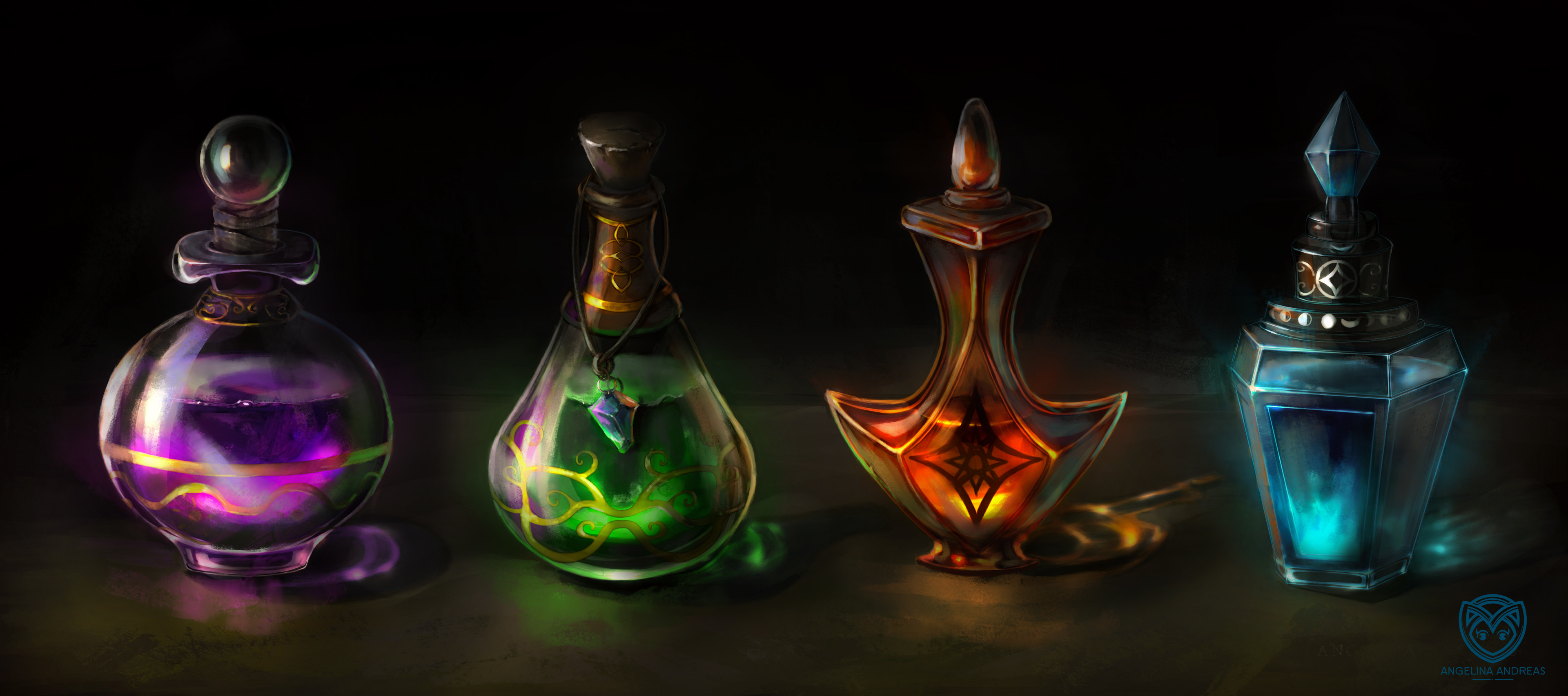Dyes are created across the world, by numerous countries and cultures. Even commoners are seen wearing colorful clothing - though surely less vibrant than the dress of nobility. Most cheap dyes fade over time, and the most expensive dyes are those that are deep, vibrant colors that hold to a fabric for years.
These are the dyes that merchants trade in, where a slight difference in hue could mean a vast quantity of gold. These pigments are more unique, and their use can even be restricted to nobility in some places.
Colors
Blues
Blue dyes are most commonly sourced from tropical regions, and common to Southern Aisoa. Xeblisau, Zabria, and
Southern Usmina are the largest creators of blue dye, processing both wild and crop-grown indigo plants to create the pigment.
Most green dyes rely on these mixing blue and yellow dyes, and blue pigments are widely traded across the world to aid in the creation of other colors.
Greens
True green dyes are incredibly rare, and quite expensive.
Northern Usmina is one of the only reliable sources of green pigment, though the fey of the Great Forest use green in their garb quite extensively. If there is a simple source of the pigment in the vast jungle, the inhabitants there do not share the secret.
Prior to its fall,
Sokol was another source of true green pigments, which were used extensively in the royal colors of the country.
Today, most green dyed clothing is created through iterative dying of yellow and blue. Many are deemed less valuable, as they are cut with cheaper yellows, but a few rare mixed green hues are still sought after.
Yellows, Oranges and Browns
Yellow, orange, and brown are the most common dyes across the continent. They come in a variety of shades from tans and sandy yellow and wooden brown, as well as more vibrant colors. Even commonfolk unskilled in the dyeing trade often know how to produce basic dyes of these hues, and the pigment remains inexpensive.
The most sought after yellow and orange dyes are vibrant and without flaw, and are most commonly produced in
Aswana and
Iccot .
Reds
True reds are less common than the reddish oranges that many common folk wear, and are primarily made in small quantities in central and southern Aisoa.
Lenif boasts a vibrant red dye, as does Zabria - its availability relying more on expertise than exclusive access to native plants.
Blacks and Greys
Black dye made from the trees of
Veczi and
Aswana are most common, and similarly dark pigments are difficult to achieve elsewhere. The two nations are the primary producers for most of the continent, though a variety of lighter shades of gray are produced across the continent.
Southwestern Aisoa, cut off from the rest of the continent by
Holtan deserts, lacks black dye in large amounts, and it remains an expensive luxury item.


